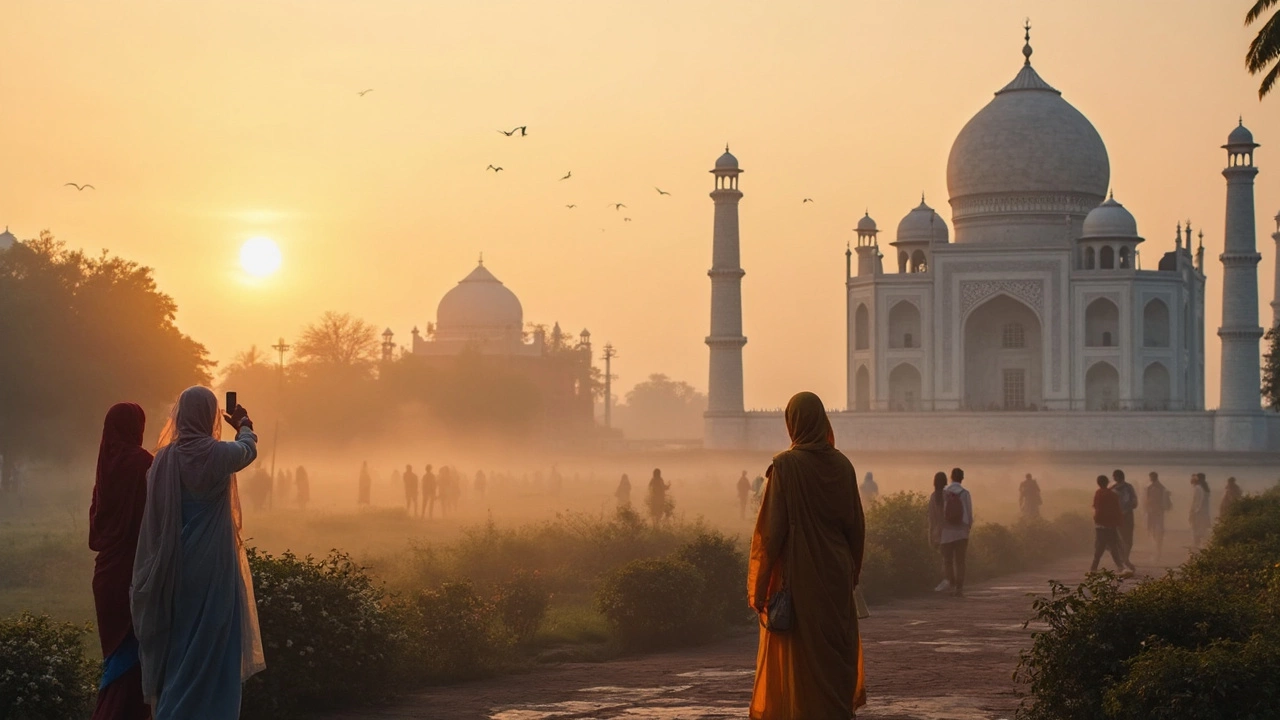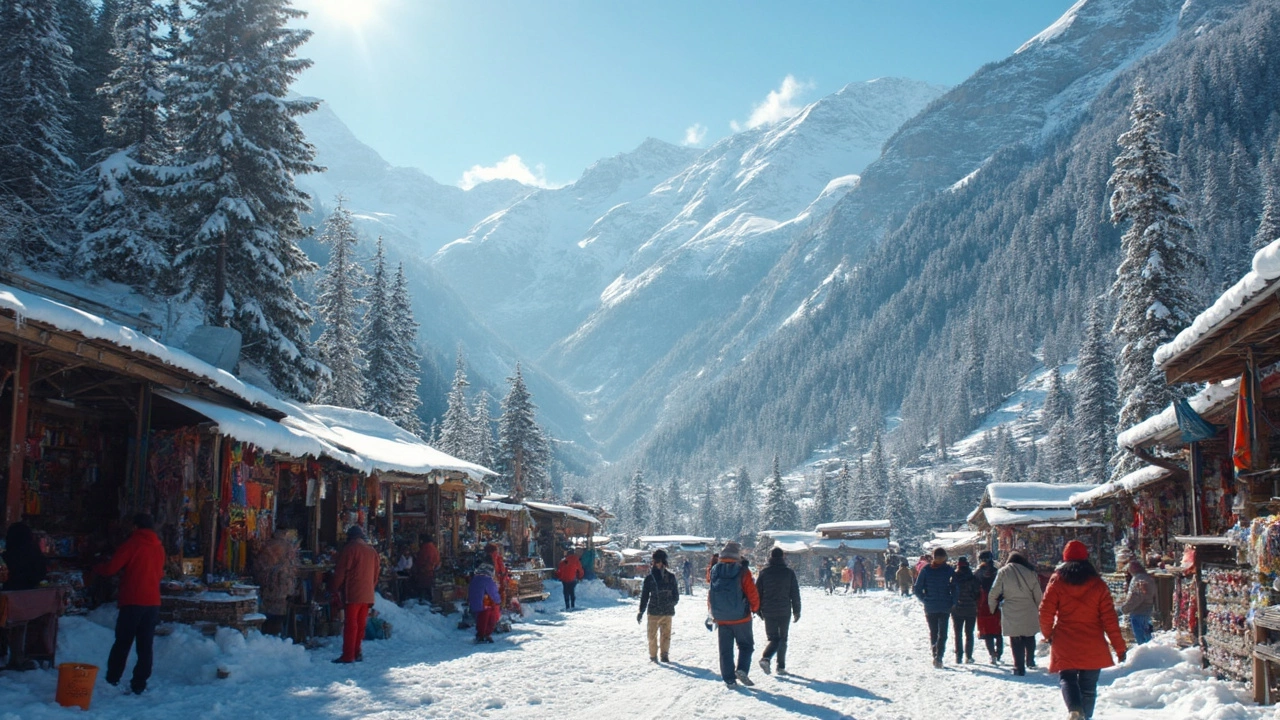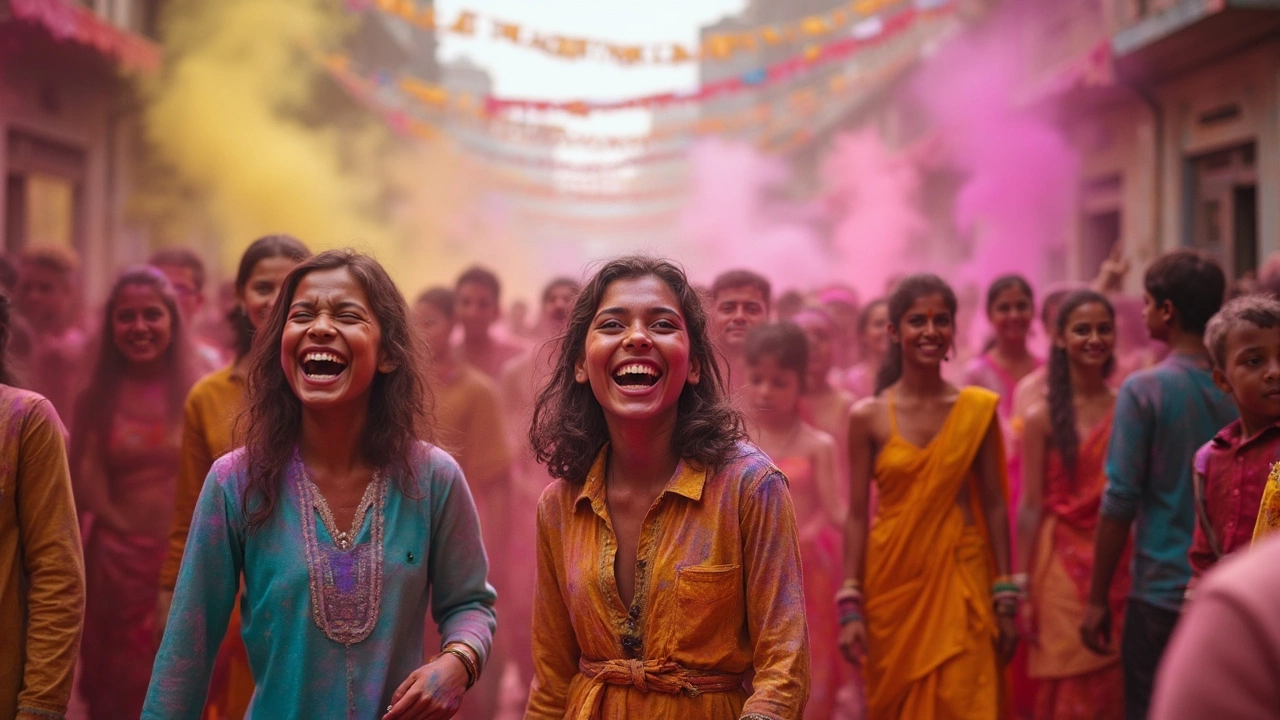Ever tried walking down a bustling street in Delhi in the middle of May? The sun feels like it’s aiming right for your scalp, every breeze turns tepid, and a sip of chai becomes an exercise in sweat. That’s just the thing about North India: extremes rule both its weather and its experiences. You can freeze on Himalayan ridges or wipe your brow at street stalls below. Picking the right time to travel isn’t some travel blog cliché. It can mean the difference between vibrant adventures and struggling through endless heat or thick fog. So, if you’re mapping out your North India journey, dodging both the monsoon downpours and tourist stampedes, you’re in the right spot.
Understanding North India’s Drastic Seasons
Let’s start with the big thing first: North India isn’t just one chunk of weather. It includes the icy heights of Ladakh, the misty hills of Himachal Pradesh, the dry heat of Rajasthan, and plains stretching through Delhi, Uttar Pradesh, and Punjab. Every few hundred kilometers, something shifts – the monsoon, the winter mist, or just the level of chaos on the streets.
Now, the climate map says you get three main seasons here: summers (April to June), monsoon (July to September), and winters (October to March). Summer is when the mercury hovers between 35°C and 45°C in many cities like Jaipur, Agra, or Delhi. But if you dash north to the Himalayas, you’ll still find snow and cool breezes instead. Monsoon is a whole mood shift—sheets of rain in Delhi and Uttarakhand, desert storms in Rajasthan, and sometimes landslides blocking the best hill spots. In winter, fog blankets the north, temperatures may dip below zero up in the hills, but the days can be crisp and clear in the plains.
Weather extremes here mean more than just comfort; they shape how locals live. From electricity shortages in scorching stretches to entire bazaars flooded by monsoon drains, timing dictates what you’ll actually see (or miss). For example, if you want to spot tigers in northern reserves, the drying up of waterholes in March or April is when they’re easiest to see. If you hope to trek Himalayan trails, catch the clearer (and safer) passes in May, June, September, and October, not when snow or rain block your way.
Check out this quick seasonal summary to get a sense of what you’re up against:
| Season | Main Regions Affected | Day Temp Range | Discomforts | Best For |
|---|---|---|---|---|
| Summer (Apr-Jun) | Plains, Rajasthan, Delhi | 35-45°C | Extreme heat, dust storms | Mountain trekking, Ladakh |
| Monsoon (Jul-Sep) | Uttar Pradesh, Himachal, Uttarakhand | 25-35°C | Heavy rains, floods, landslides | Valley of Flowers, rural fairs |
| Winter (Oct-Mar) | Entire North, incl. hills | 0-25°C | Fog, cold nights | Golden Triangle, festivals, wildlife |
The best part? These dramatic shifts mean you can visit almost any month, somewhere in North India is perfect. But if you want comfort, clear sights, and open roads, October through March is hard to beat. The air gets sharper, daytime temps become human-friendly, and the tourist crowd is a little less manic than Christmas or New Year peaks.
Still, it’s not just about the weather on a thermometer. Festivals, fares, and even wedding seasons can shape the vibe more than the sun or rain. Even local farmers in Punjab plan harvests by watching both the monsoon and temple calendars.
One quirky detail: in winter, you’ll spot locals huddled around tiny coal stoves even in Delhi’s old city lanes—shivering in what Aussies might call mild. But for the rest of us, that drop to single digits is chilly enough to want a warm cup of masala chai every time.
So, before you even pack a suitcase, ask yourself what you want North India to be: a riot of color in festival season, a Himalayan escape from summer, or those classic golden mornings with birds calling from Mughal gardens. Your answer will steer you straight to the right months.

Best Months for Sightseeing, Festivals, and Culture
This region doesn’t do subtle. One day you’re choking on car fumes in peak smog season, the next you’re swept into a crowd throwing colored powder in Holi. Picking your travel month isn’t just crowd control; it decides if you’ll find a place buzzing with energy or almost ghostly quiet.
The prime months—October through March—line up with India’s vibrant festival calendar. You get Diwali (usually late October or early November), when every alley is daubed in lights and firecrackers bang into the morning. Holi, with its water fights and colored powder storms, blasts through in March. The Pushkar Camel Fair in Rajasthan draws thousands around November, while Delhi’s Qutub Festival attracts world music lovers right as the winter chill sets in. And don’t skip over Christmas in the hills—Shimla decks out its church with pine and lights, while nearby towns roast pork on bonfires.
If you’re a history buff, winter is your time. The heat is gone, so you can wander the Taj Mahal at sunrise, roam inside the Red Fort, or get lost in Jaipur’s pink-washed bazaars without sticky shirts. Even the busy sites in Agra, Varanasi, or Amritsar have a certain crisp energy absent in sweaty months. Plus, the winter light is perfect for photos—softer, with that slight haze which makes everything look like a movie set.
But don’t just follow the guidebooks. Consider these cultural highlights when timing your visit:
- Navratri & Durga Puja (September/October): Intense music, dance, and celebrations in places like Varanasi and Delhi.
- Lohri (January): Punjabi folk festivals with huge bonfires and sugarcane treats.
- Magh Mela (January/February): Mini-Kumbh Mela at Allahabad—millions gather on the Ganges.
- Ladakh Festival (September): Yak dances and masked parades at over 11,500 feet high.
- Kumbh Mela (once every 12 years, but smaller events more often): The world’s biggest pilgrimage, with spiritual seekers and riverside camps.
- Desert Festival (Jaisalmer, February): Folk music, camel rides, and mustache competitions that get pretty serious.
Traveling outside the tourist crush? September and April deliver with just enough good weather but not quite the stampede. Valley trails in Himachal and Uttarakhand are at their greenest right after the monsoon, although landslides can keep you on your toes. April means wildlife parks are open and the forests still buzz after winter chill, perfect for safari lovers.
Here’s something people rarely tell you: tourism seasons line up with Indian school holidays too. Expect things to go nuts in late December and early January, as local families join foreigners in the big attractions. Booking ahead gets crucial.
If you absolutely must visit in summer, head for the hills or Ladakh. While Delhi bakes, Shimla, Manali, and Leh open their doors with rhododendrons in bloom and snowy vistas just a day’s walk away. It’s when Indian families flee the plains and the mountain hotels fill up, but if you time it early (like late April or May), you’ll beat the major crowd buildup.
As a Kiwi used to wild swings—winds one minute, sun the next—I can promise, the unpredictability here isn’t always a pain. Some of the best stories come from stumbling into a monsoon festival, sipping chai in a flooded market, or catching a glimpse of the Himalayas as the clouds peel away for just an hour. But for most travelers, aiming for best time to visit North India means balancing great weather, unique festivals, and the practical bits—open roads, accessible monuments, comfortable hotels.

Essential Tips for Planning Your North India Trip
I’d love to tell you, “Just show up and wander.” But North India runs on equal parts magic and maddening unpredictability. Getting right into the heart of it takes a little prep and a lot of flexibility.
First, be realistic about distances. Google Maps might say Delhi to Varanasi is a lazy 10 hours by road. In real life, trains might run late, highways might be fog-locked, and a herd of cows might bring everything to a halt. Internal flights are a good bet in winter, but June monsoon storms can ground planes, especially to hill towns. If you want to see a lot, prioritize 2–3 regions max on a single trip. Trying to “cover” North India in two weeks is like binge-watching three TV series at once—nothing sinks in the way you hope.
Watch for visa hiccups. Most Kiwis (and Aussies, Brits, Yanks) need an eVisa for India, which is simple to get but must match your arrival airport. Double-check public holiday dates—things can shut tight on festival days, and hotels may go into price surge mode.
When it comes to packing, forget about fashion—think layers. Morning fog in January feels different from noon in Jaipur, and stepping into a marble mosque barefoot can freeze your toes. Sturdy shoes are essential if you’re taking on forts or trails. A light scarf works for both sun and spontaneous temple visits. In monsoon, waterproof bags make camera gear and passports a lot less stressful (and so does a Kindle, as power cuts are common in the rain).
Money-wise, cash is still king outside metro hotspots. ATMs dry up faster in rural Rajasthan than you’d expect. UPI payment apps have exploded in Indian cities, but don’t bank on connectivity in small towns or hill villages. Also, petty scams pop up more during tourist peak seasons. Triple-check taxi fares, restaurant prices, and always agree on amounts before starting any adventures.
Here’s something that always trips up first-timers: dress codes. Even in heat, shorts and tank tops aren’t always welcome at religious sites, and some top attractions enforce shoe covers or modest clothing. Bring a pair of socks for temple visits—you’ll thank yourself while padding across sun-baked marble.
Love street food? Dive in, but stick to busy stalls with high turnover. Delhi’s Chandni Chowk or Varanasi’s riverside snacks are legendary, but even locals avoid dodgy sweets left in the sun. Bottled water is non-negotiable. And yes, as weird as it sounds, pack a roll of toilet paper—you won’t always find it outside fancy hotels.
If you’re angling for the best cultural photographs, dawn is your hour. Mornings clear out the crowds, bring out local markets, and let you soak up the crisp light just as life wakes up. Foggy mornings in Agra or mist rolling over Rishikesh make the whole place feel otherworldly.
Oh, and transport—book your trains and flights as early as you can. The IRCTC website (India’s rail booking system) is complicated but workable with patience (and plenty of how-to guides on YouTube). Tickets—especially for sleeper trains—can sell out months ahead in festival and winter peak periods.
Finally, safety. North India is generally safe, but “safe” doesn’t mean hassle-free. Pickpocketing can happen in major tourist areas, so a good money belt or zipped bag is worth every cent. Also, don’t flash valuables, and take a tuk-tuk late at night instead of walking unknown streets solo. Women might attract some stares (and solo female travelers should pay extra care late at night), but actual violence is rare in tourist zones.
One last word: have patience, and leave some room for weird. No matter how you plan, something will surprise you—maybe a holy cow walking into your hotel, or a last-minute invite to a wedding procession. That’s what makes North India more than just a picture on your phone or a checklist of sites. Loving the madness just as much as the magic is what sticks with you long after you unpack.
